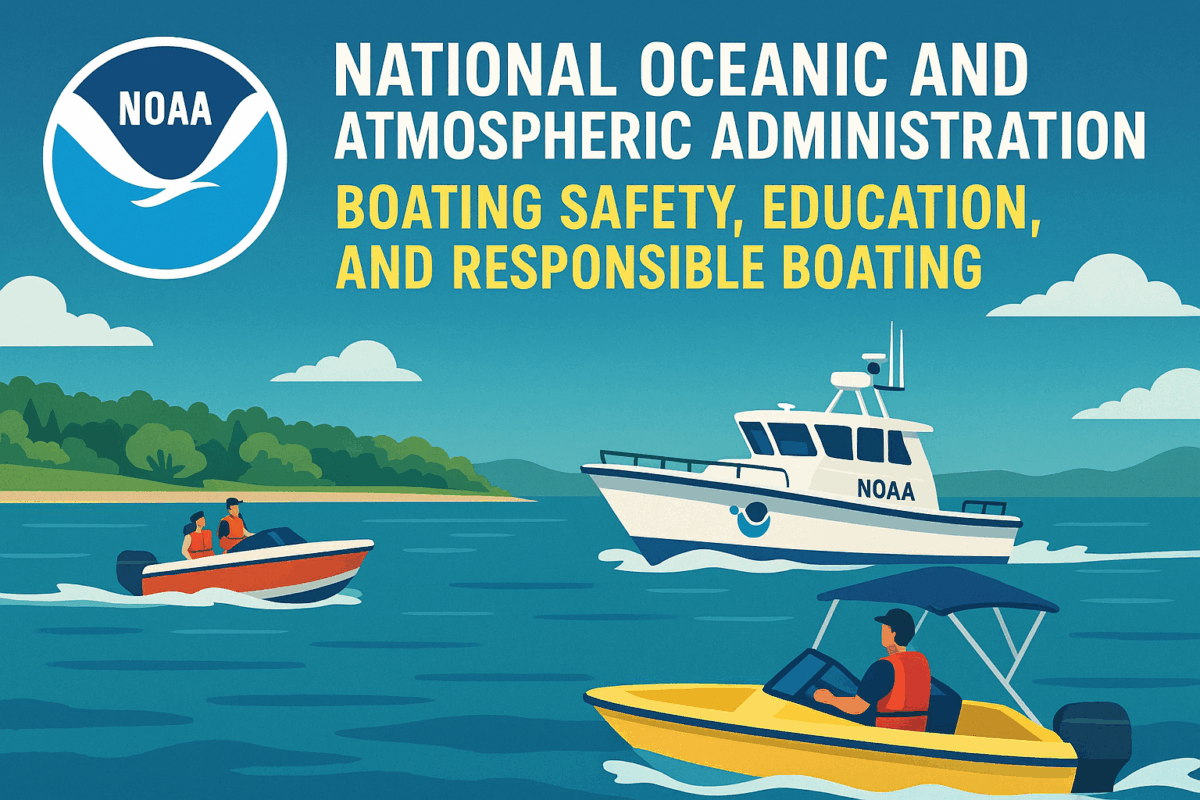Call: 1-800-832-7191

The Best Weather Website
The best weather website has to be NOAA and the National Weather Service.
Building a Weather-Ready Nation and managing the nation’s weather, water, and climate data, forecasts and warnings requires a diversified organization. From the National Weather Service (NWS) Headquarters in Silver Spring, MD to six Regional Headquarters: Eastern, Southern, Central, Western, Alaska, and Pacific; to local Weather Forecast Offices (WFOs), River Forecast Centers (RFCs), Center Weather Service Units (CWSUs), and National Centers nationwide. NWS employees are working to support all aspects of keeping the public safe from weather, water, and climate hazards. All while meeting the NWS mission to protect lives and property, and enhance the national economy.
NWS Headquarters, the best weather website, is responsible for managing the functions of the entire NWS. Headquarters coordinates programs directly related to weather warnings and forecasting to ensure the compatibility and effectiveness of weather services. It also ensures climate, water, and weather warnings, forecasts, and data products are provided to government, industry, and the general public. The NWS Headquarters also ensures funding is available to support field needs. Furthermore, it manages information technology resources, and ensures a coordinated NOAA program of weather-related activities across NOAA line offices. Visit the Best Weather Website.
The six NWS regional offices manage all operational and scientific meteorological, hydrologic, and oceanographic programs of the region including observing networks, weather services, forecasting, and climatology and hydrology. They monitor these services and adjust resources to provide the most effective weather and warning services possible.
The National Centers for Environmental Prediction (NCEP) delivers science-based environmental predictions. It produces reliable, timely, and accurate analyses, guidance, forecasts and warnings for the protection of lives and property. Let alone the enhancement of the national economy. NCEP is comprised of nine distinct centers. They are the Aviation Weather Center, Climate Prediction Center, National Hurricane Center, Storm Prediction Center, Space Weather Prediction Center, Weather Prediction Center, Ocean Prediction Center, Environmental Modeling Center, and NCEP Central Operations. NCEP is the starting point for nearly all weather forecasts in the United States.
The local WFOs are responsible for issuing advisories, warnings, statements, and short term forecasts. These are for their local county warning area including the public, media, emergency management, aviation community, and other customers 24/365. This helps to keep the public safe from weather hazards. More specifically, forecasters prepare graphical and digital forecasts, issue warnings, watches, and advisories, aviation forecasts, and river forecasts and warnings. They monitor weather observations, provide public service, and program/monitor broadcasts over eleven NOAA Weather Radio-All Hazards Stations. They also collect and disseminate river and rainfall data, launch balloons to gather upper-air weather data, administer the Cooperative Weather Observer Program, and prepare local climatological data summaries and reports.
